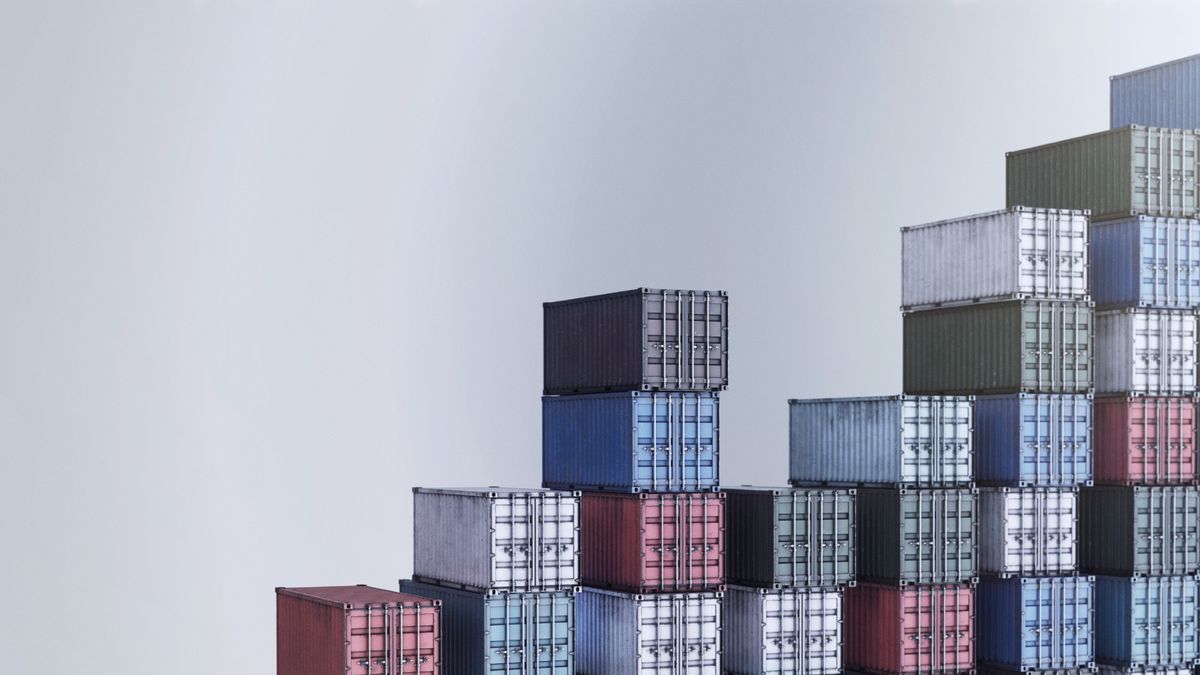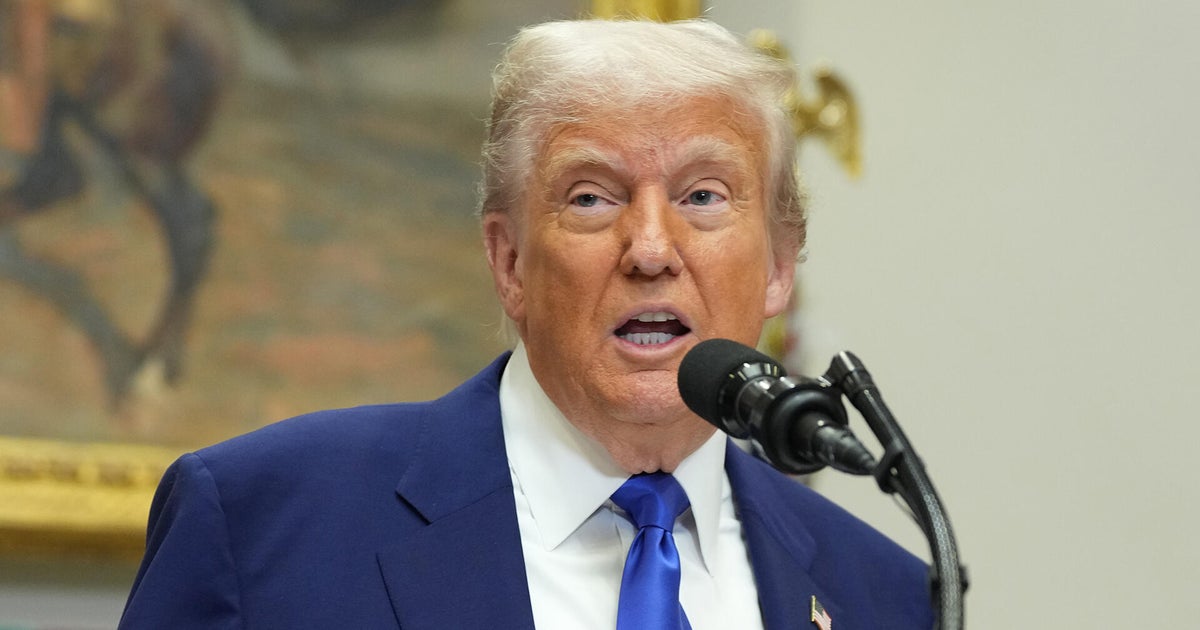Understanding Reciprocal Tariffs and Their Impact on Global Trade
Reciprocal tariffs are increasingly becoming a pivotal aspect of international trade negotiations. These tariffs are implemented by countries in response to similar tariffs imposed by another nation, resulting in a tit-for-tat approach to trade barriers. This article explores the implications of reciprocal tariffs, their benefits, and potential pitfalls for countries engaged in global commerce.
The Fundamentals of Reciprocal Tariffs
At its core, reciprocal tariffs signify a country’s commitment to protect its domestic industries while also responding to trade policies of other nations. When Country A imposes tariffs on products from Country B, Country B may retaliate with its own tariffs on goods from Country A. This cycle can lead to escalating trade tensions, often resulting in trade wars that have far-reaching consequences.
Benefits of Reciprocal Tariffs
While the concept of reciprocal tariffs can often be met with skepticism, there are several benefits that nations may experience:
- Protection of Domestic Industries: By imposing tariffs, countries can shield their local businesses from foreign competition, allowing them to thrive and maintain employment levels.
- Leverage in Trade Negotiations: Reciprocal tariffs can serve as a bargaining tool, enabling countries to negotiate better terms in trade agreements by demonstrating their willingness to protect their interests.
- Encouragement of Local Consumption: Higher tariffs on imported goods can promote the consumption of domestically produced items, boosting local economies and fostering national pride.
Potential Pitfalls of Reciprocal Tariffs
Despite the advantages, reciprocal tariffs can also lead to several negative outcomes:
- Trade Wars: Escalating tariffs often lead to retaliatory measures, creating a cycle of trade wars that can harm economies on both sides. The trade war between the United States and China is a prime example, affecting global supply chains and market stability.
- Increased Consumer Prices: Tariffs generally lead to higher prices for consumers. As companies face increased costs due to tariffs, they often pass these costs onto consumers, resulting in inflationary pressures.
- Disruption of Global Supply Chains: In our interconnected world, many businesses rely on global supply chains. Tariffs can disrupt these networks, causing delays and increasing costs for companies that source materials or components from abroad.
The Global Perspective on Reciprocal Tariffs
Different countries view reciprocal tariffs through various lenses, influenced by their economic priorities and trade relationships. For instance, emerging economies may see reciprocal tariffs as a means to protect nascent industries, while developed nations might leverage them to maintain their competitive edge in global markets.
In recent years, the trend of imposing reciprocal tariffs has gained traction in various regions:
- United States: The U.S. has adopted a more aggressive stance on trade, particularly with nations like China. The imposition of tariffs on steel and aluminum imports has led to reciprocal tariffs from affected countries, escalating tensions and reshaping trade dynamics.
- European Union: The EU has also engaged in reciprocal tariff strategies, particularly in response to U.S. tariffs. This has prompted discussions on creating a unified front in trade negotiations to mitigate the impact on EU member states.
- Emerging Markets: Countries in Africa and Southeast Asia are adopting reciprocal tariffs as a protective measure, emphasizing local production and consumption as a means to stimulate their economies.
Long-Term Implications of Reciprocal Tariffs
As nations continue to navigate the complex landscape of international trade, the long-term implications of reciprocal tariffs will become increasingly evident. Economists warn that while such tariffs may provide short-term protections, they can hinder long-term growth by limiting market access and increasing isolationism. The following points outline potential long-term effects:
- Stunted Economic Growth: Prolonged tariff wars may lead to reduced trade volumes, ultimately stunting economic growth for all parties involved.
- Shift in Trade Alliances: Countries may seek new trading partners to mitigate the impact of tariffs, leading to realignments in global trade alliances.
- Innovation Stagnation: In a protected environment, businesses may become complacent, leading to reduced innovation and competitiveness over time.
Navigating the Future of Global Trade
To navigate the complexities of reciprocal tariffs, countries must engage in constructive dialogue and seek multilateral solutions. International organizations, such as the World Trade Organization (WTO), play a crucial role in mediating disputes and fostering cooperation among nations. The following strategies may help mitigate the negative effects of reciprocal tariffs:
- Promoting Free Trade Agreements: Countries should prioritize the establishment of free trade agreements that lower barriers and encourage open markets.
- Encouraging Dialogue: Open communication channels between nations can help address grievances and prevent misunderstandings that lead to tariffs.
- Investing in Domestic Innovation: Countries should focus on enhancing their competitive edge through investments in research and development, ensuring they remain relevant in the global marketplace.
Conclusion
Reciprocal tariffs are reshaping the landscape of international trade, presenting both opportunities and challenges. While they can protect domestic industries and provide leverage in negotiations, the potential for trade wars and increased consumer prices cannot be overlooked. As nations grapple with these complex issues, a collaborative approach will be essential to foster sustainable global trade practices. By focusing on dialogue, innovation, and free trade agreements, countries can work towards a more interconnected and prosperous world economy.
See more CCTV News Daily



